A small collection of art currently graces the display cases inside the Musagetes Architecture Library. This is the work of John Hofstetter, an artist who divides his time between Waterloo and Keels, Newfoundland. You might also have encountered him working at the library’s front desk in the afternoons. He is a friendly man with salt and pepper hair who loves talking with students on their way to find a book or returning from studying.
John studied fine art at the University of Waterloo long before the School of Architecture left its original home to settle in Cambridge. Having originally applied to architecture school, John’s interest in and understanding of space is evident across his long-standing and diverse practice. He has exhibited work throughout North America and his career has encompassed printmaking, graphic design, photography, installation, and ceramics, of which the five pieces currently on display at Musagetes are poignant examples.
Artefacts of Memory is a collection of recollections, alluding to the landscapes of John’s summer home and work space in Keels. The pieces integrate tiles of porcelain paper clay, a medium which incorporates paper fibre. This technique increases the strength of the material while it is being worked and results in a lighter finished object after firing, as the paper burns away. These ceramic pieces, simultaneously reminiscent of rocky landscapes and of bone marrow, provide organic backdrops for the more obviously manufactured found objects John collects on the shores of Newfoundland.
These objects include chain links worn away beyond recognition, a rusty mattress spring, and a wire object of his own manufacture. When I ask John if he can always identify the objects he finds and works with, he says no. This absence of identification creates an interesting tension between an object’s artificial origin and its lack of known function. By cradling these devalued industrial remnants in his ceramic work, he imbues them with a tender preciousness and invites questions about the relationship between nature and culture.
John also uses objects of this type in the large-scale installations around his property in Newfoundland, where he has built a small house of his own design. He shows me sketches for a potential project this summer, and tells me about plans to geotag the existing interventions. His work pulls in unannounced guests all season.
It is clear that the greatest meaning of the pieces on display here in Cambridge, 3,038 kilometres from Keels, lies in their connection to that coastal landscape. In part the works’ material precursor, the landscape is also the inspiration John returns to continuously during his months in Ontario.
See more of John’s work at http://www.johnhofstetter.com
I am a graduate student at the University of Waterloo School of Architecture, currently completing my MArch thesis on the design and collective memory of Indian residential schools in Canada.


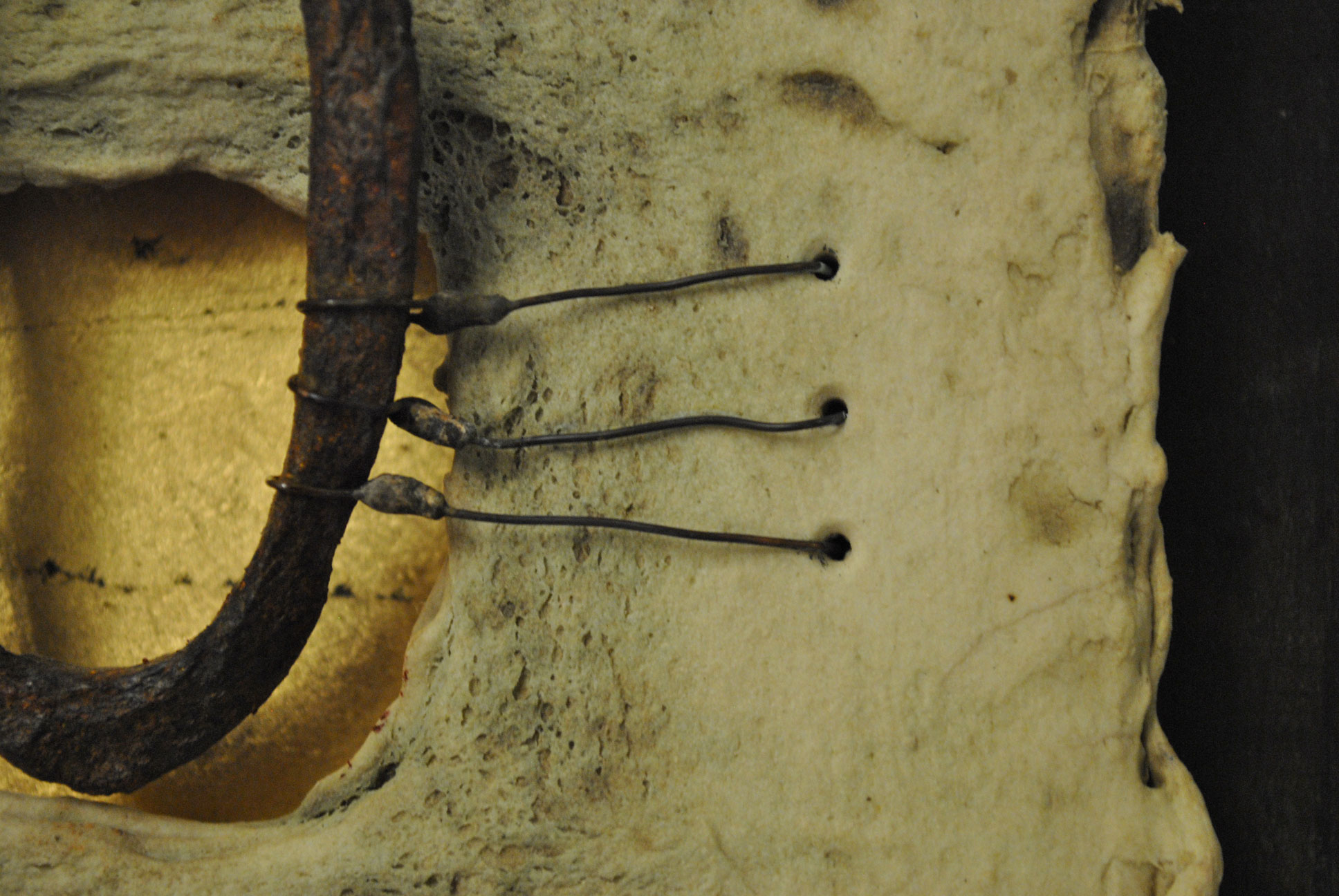
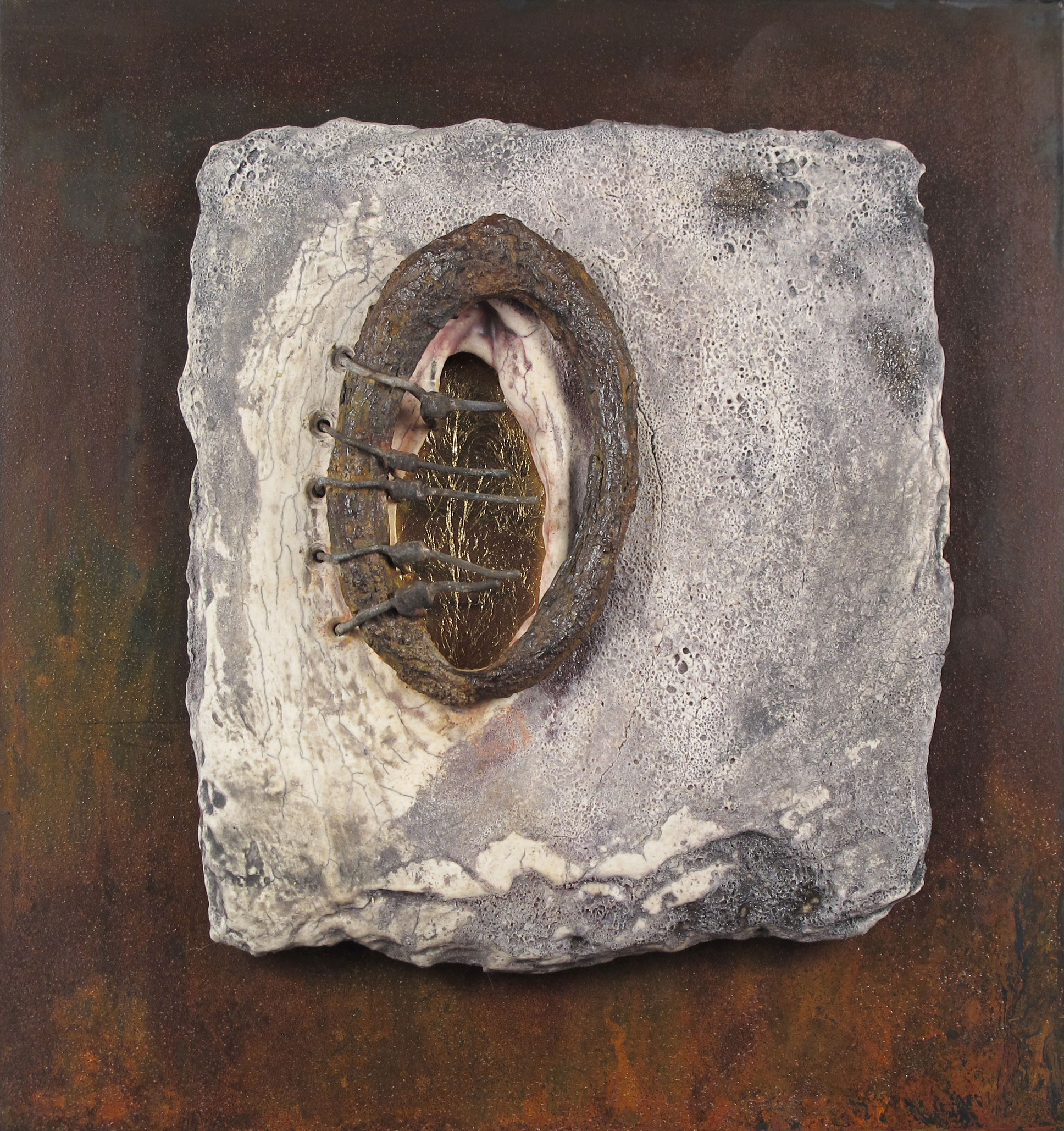
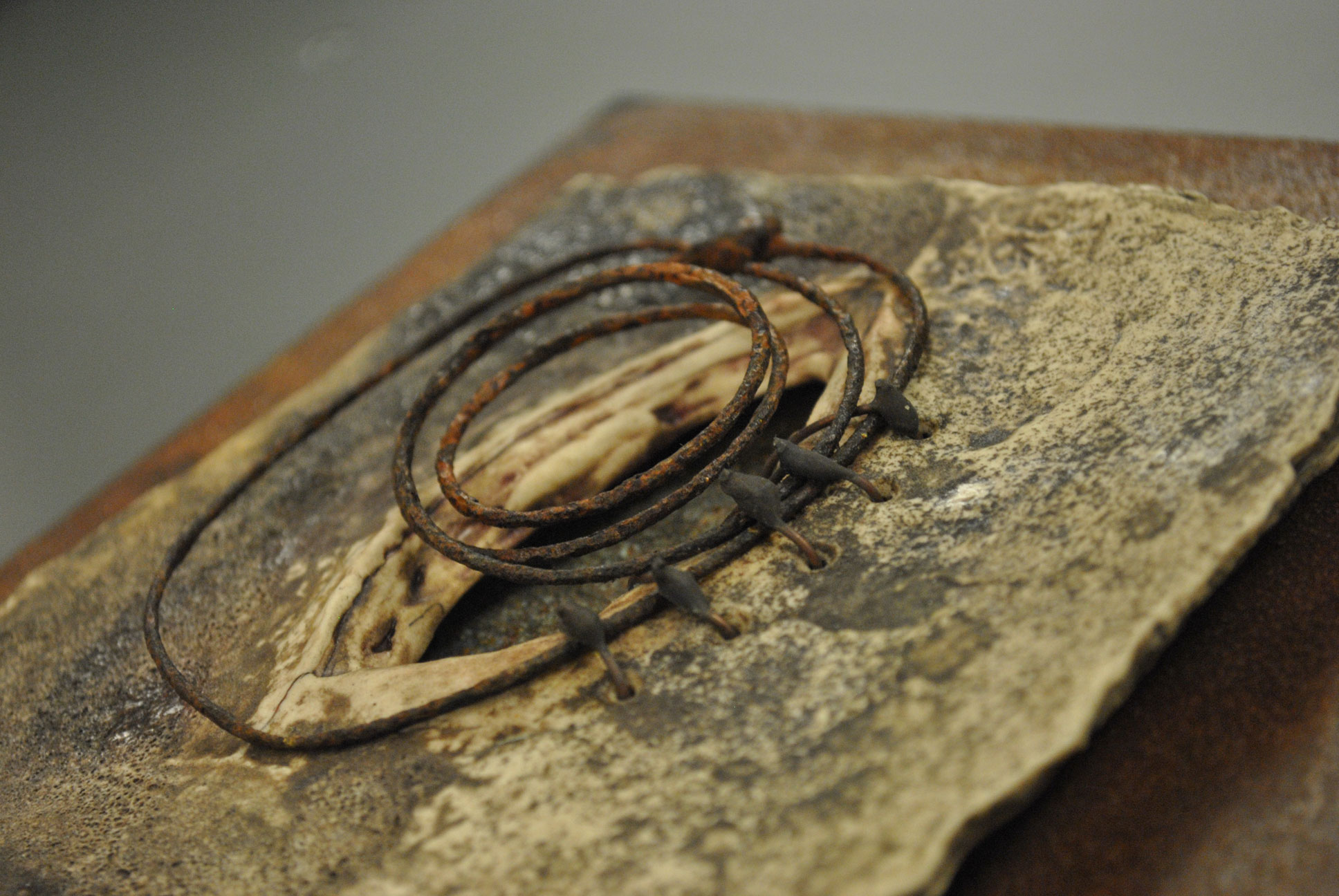
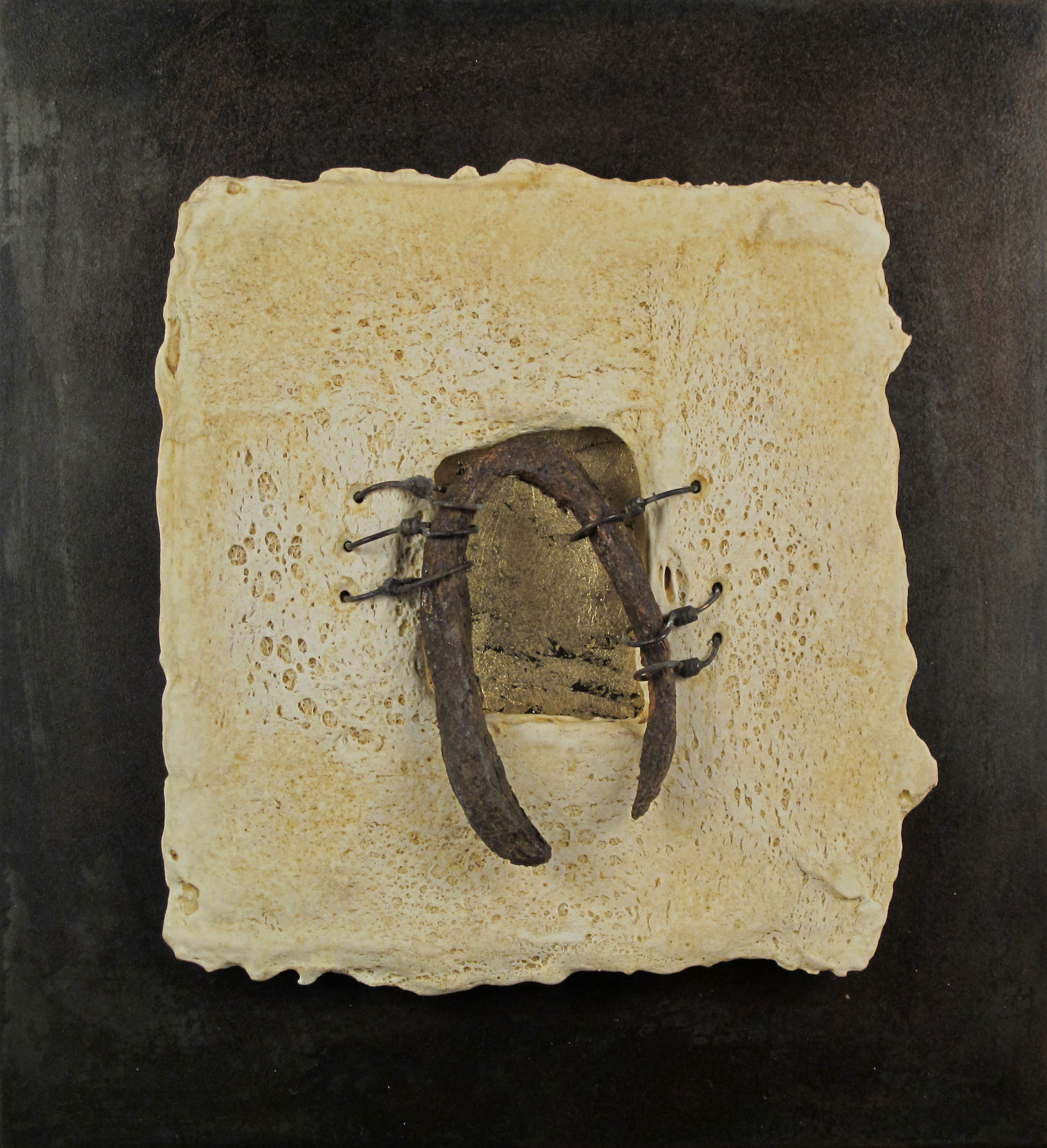
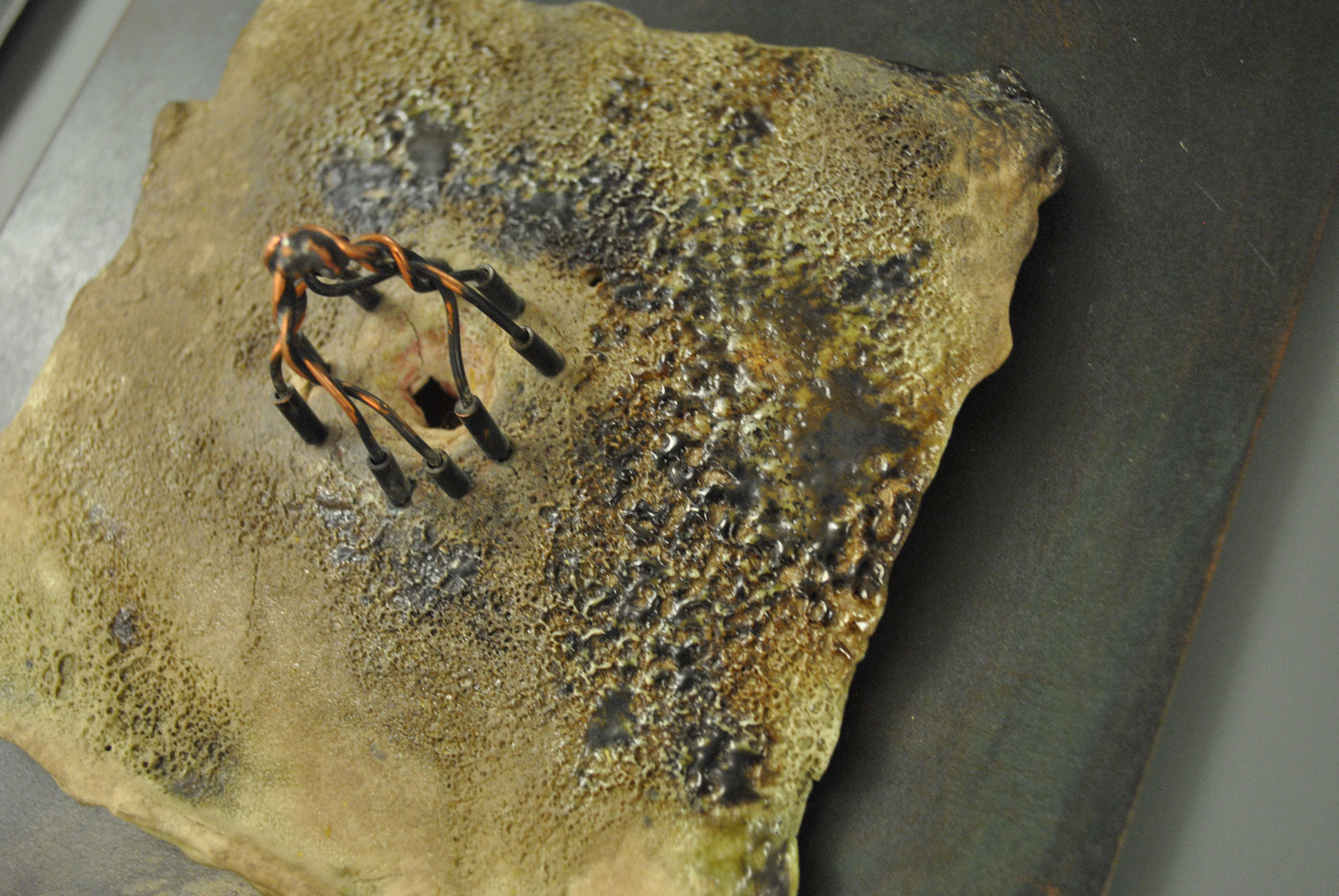
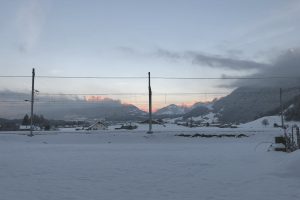
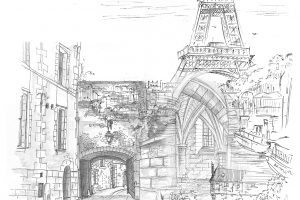
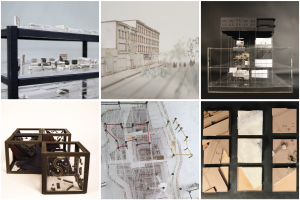
1 Comment
Leave your reply.